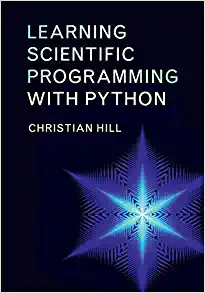Question
The best resolution of the eye for small objects depends on the diameter of the pupil and the density of sensory cells on the retina.
The best resolution of the eye for small objects depends on the diameter of the pupil and the density of sensory cells on the retina. The density of sensory cells limits the eye's resolution such that, under ideal conditions, it can distinguish details of about 50 m from objects at the near point of the eye (25 cm from the eye).
(a) If the pupil diameter is 2.0 mm and the object is at the eye's near point, how small details can the eye distinguish according to Rayleigh's criterion? The average wavelength of visible light is about 550 nm. The pupil is a round aperture in the iris of the eye, and other anatomical details of the eye need not be considered.
(b) Which phenomenon is a more significant limit to the eye's resolution: diffraction or the density of sensory cells? Does the answer change in poorer lighting conditions where the pupil diameter is doubled?
Step by Step Solution
There are 3 Steps involved in it
Step: 1

Get Instant Access to Expert-Tailored Solutions
See step-by-step solutions with expert insights and AI powered tools for academic success
Step: 2

Step: 3

Ace Your Homework with AI
Get the answers you need in no time with our AI-driven, step-by-step assistance
Get Started


